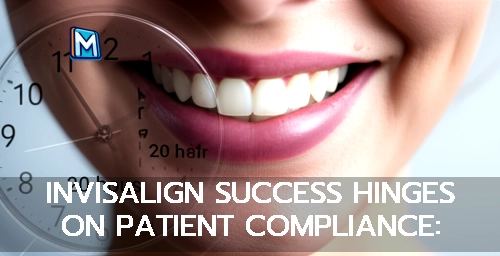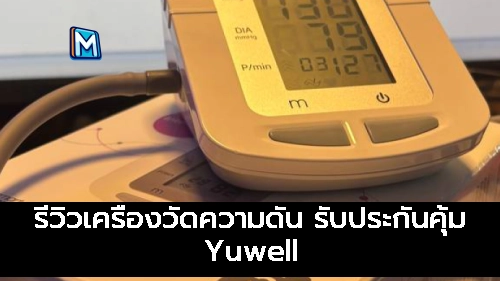Invisalign Success: Patient Compliance Is Key
The fundamental principle of Invisalign relies on continuous, gentle pressure to gradually shift teeth into their correct positions. For this mechanism to work effectively, aligners must be worn for 20 to 22 hours per day. This is a non-negotiable requirement that forms the bedrock of treatment success.
Consistency in wear time is crucial as deviations from this wear time—even by just a few hours daily—can significantly slow down progress or cause the treatment to stall completely. The teeth need sustained force to move, and even slight variations can hinder the desired outcome. A May 2025 article from a prominent UK dental group emphasized that inadequate wear time often leads to "tracking issues," where the aligners no longer fit snugly, making subsequent aligners ineffective.
The lack of compliance directly translates to extended treatment times and potential complications. Delayed progress occurs when aligners aren't worn for the prescribed duration, teeth don't move as planned. This means that when it's time to switch to the next set of aligners (typically every 1-2 weeks), they may not fit correctly, delaying the progression of the treatment.
บทความที่เกี่ยวข้องและแนะนำ:
- 🔥 ยอดนิยม: เรวัช ซัด ฮุนเซน อย่าปลุกชาติจนลุกเป็นไฟ
Orthodontists often need to order "refinements" (additional sets of aligners) if the initial treatment plan veers off course due to poor compliance. This adds extra appointments, extends the overall treatment timeline, and can incur additional costs, as highlighted by a U.S. dental journal in March 2025.
In severe cases of non-compliance, the desired final result may not be achieved. Teeth might only partially straighten, or new misalignment issues could arise, potentially requiring a return to traditional braces or a completely new, more complex treatment plan.
Beyond wear time, oral hygiene and aligner care are equally vital for Invisalign success. Patients must remove aligners to brush and floss thoroughly after every meal or snack. Failing to do so can trap food particles and bacteria, leading to plaque buildup, cavities, and gum disease, which can further complicate or halt orthodontic treatment.
Recent dental health advisories from Canadian and European health bodies (Q4 2024) continue to stress the importance of proper oral hygiene for all removable orthodontic appliances. Proper cleaning of aligners themselves prevents bacterial accumulation and ensures they remain clear and hygienic. Neglecting to clean aligners can lead to odors, discoloration, and potential oral health issues.
Orthodontic practices and even Invisalign itself employ various strategies to support patients in their compliance journey. Patient education is key, with comprehensive initial consultations that clearly outline expectations and responsibilities. Reminder apps help patients stay on track by reminding them when to wear or change aligners. Regular check-ins allow orthodontists to monitor progress and address any compliance issues early.
Invisalign attachments and elastics are used in some cases to provide additional force. While these might make aligners slightly more noticeable, they ensure certain movements occur, reducing reliance solely on aligner pressure.
Ultimately, Invisalign offers a modern, comfortable, and aesthetically pleasing path to a straighter smile, but it is fundamentally a partnership between the patient and the orthodontist. The advanced technology can design the perfect smile, but only diligent and consistent patient compliance can bring that design to life.,
magazineasp










